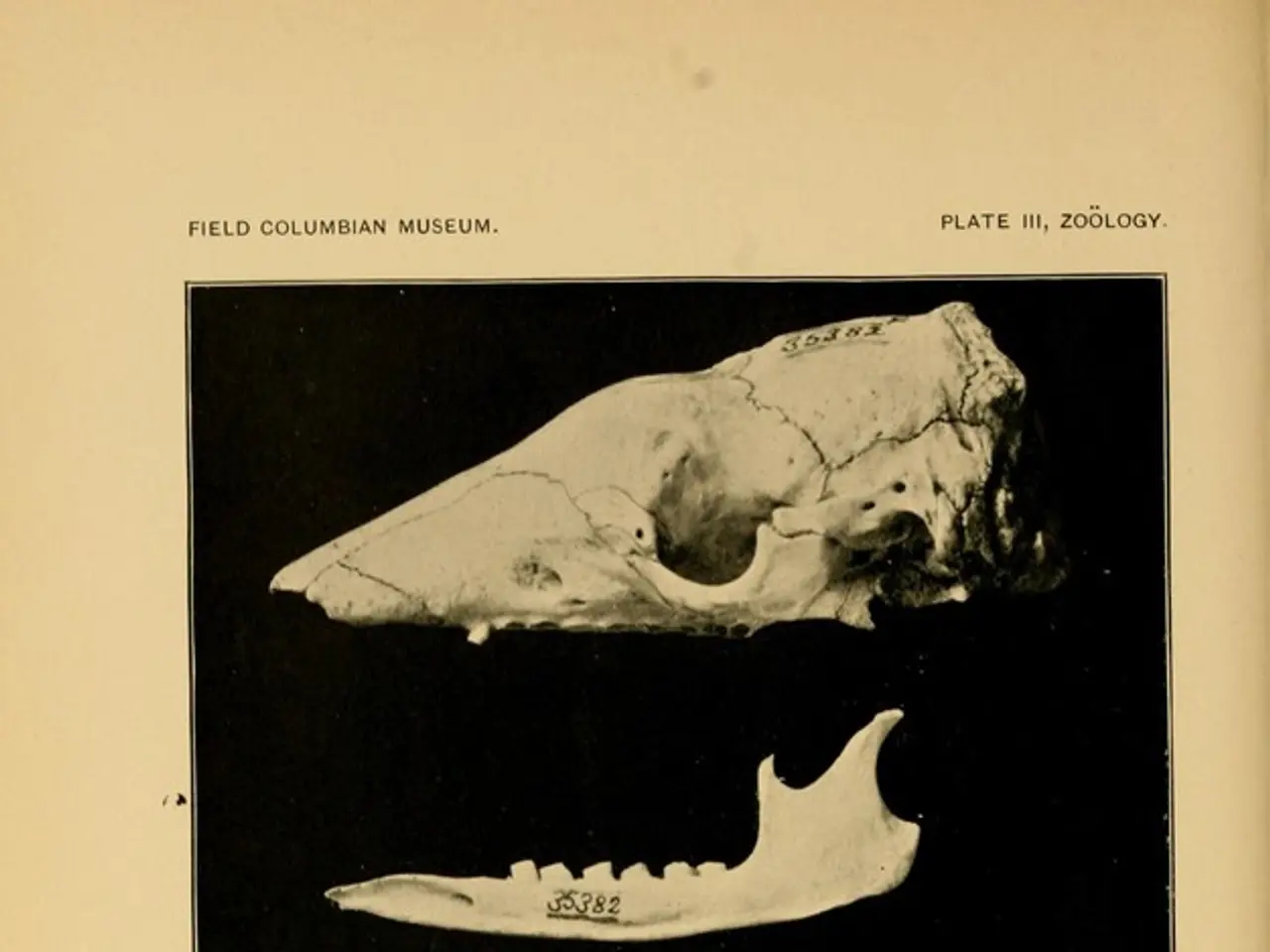Brain's Role in Hip Osteoarthritis Treatment: A Game Changer
Researchers have discovered a surprising factor in hip osteoarthritis treatment: the brain's role in muscle activation. Traditional therapies may fall short if they ignore this crucial aspect.
Osteoarthritis, a degenerative joint disease, is characterized by cartilage wear, leading to pain, inflammation, and mobility loss. It commonly affects knees, wrists, hands, and hips. A recent study reveals that the brain plays a significant part in muscle activation for those with hip osteoarthritis. The brain acts as a 'brake', preventing muscles from fully activating, which can hinder rehabilitation and lead to muscle loss.
The study suggests that new therapies could involve brain training techniques. These could help modify the brain's response to chronic pain and allow proper muscle activation. This could significantly improve treatment outcomes and manage chronic pain more effectively. The findings could influence the design of pharmacological treatments or psychological interventions for osteoarthritis management.
The discovery of the brain's inhibitory role in muscle activation in hip osteoarthritis opens new avenues for treatment. Future therapies may combine muscle strengthening with brain response modification to enhance rehabilitation and pain management in osteoarthritis patients.






